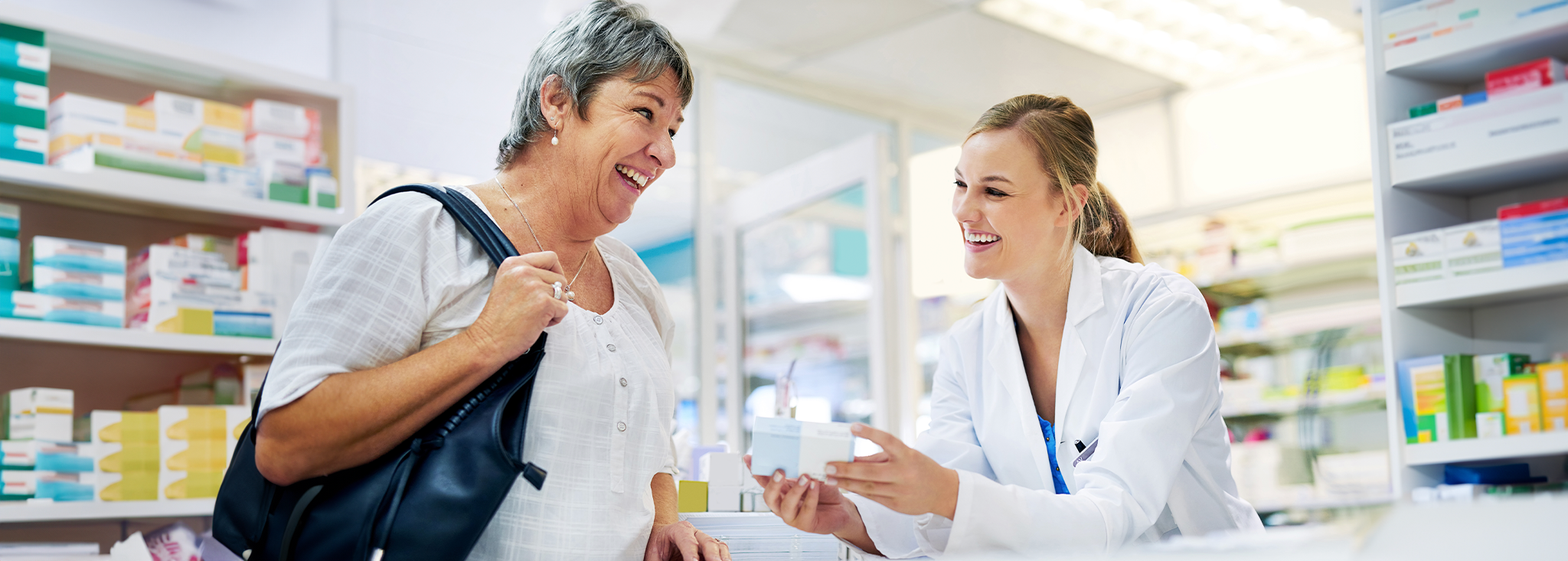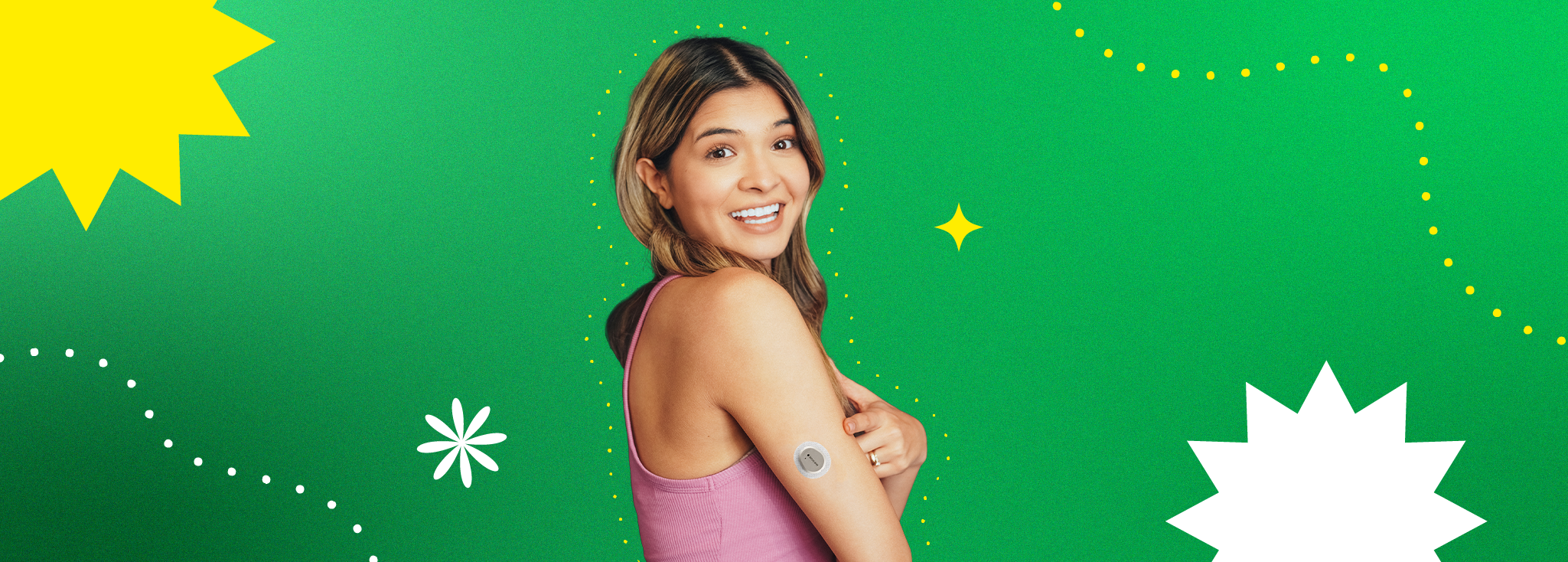What is Hypoglycemia Unawareness?
Written by: Jordan Hoese, MD, MPH
4 minute read
July 1, 2019
What is hypoglycemia unawareness?
If you are like approximately 40 percent of people with type 1 diabetes, you probably have some degree of hypoglycemia unawareness. This is a complication of type 1 diabetes (T1D) during which patients experience severe low blood sugars but do not feel them. Definitions and incidence rates vary across studies, but after reading a bunch of the studies it’s my professional opinion that 40 percent is a solid number to throw around. People with hypo unawareness are at a six times greater risk of complications from severe lows like heart arrhythmias, or impaired neurologic development during childhood and mortality from hypoglycemia than people who can feel their lows.
When your sympathetic nervous system is frequently exposed to low blood glucose levels (BGs), the response to these lows is dampened and the threshold at which you get symptoms like sweating, palpitations, hunger, dizziness and anxiety resets. This response has been shown to be less even after one recent episode of hypoglycemia! So if you’re going low a lot, your body doesn’t want to be impaired by those lows, and will adapt. There are studies that show that during episodes of mild hypoglycemia, people with hypo unawareness return to baseline quicker once normal blood sugar is restored than those who do feel their lows; basically, the brain is less affected by this mild hypoglycemia.
This can create a vicious cycle—when you don’t respond to lows, you end up going even lower before you treat it, resetting your nerve’s response threshold and making you even less likely to feel your low the next time, increasing the risk of severe hypoglycemia and death. It would be great if our nerves didn’t adapt, but we’re stuck with the system we have, and sometimes that system leads to hypo unawareness and severe or life-threatening hypoglycemia.
The important thing is that we know for sure that hypoglycemia unawareness, or Hypoglycemia Associated Autonomic Failure (HAAF) requires these recurrent episodes of hypoglycemia to develop, which is really good news. Because even if we don’t know the exact details of how it happens, knowing why HAAF occurs helps us prevent, manage and treat it.
How do we treat hypoglycemia unawareness?
Luckily, the treatment is simple: go low less often, and your nerves will adapt back to a higher low sensitivity threshold, improving your hypo awareness.
Easier said than done, though, right? Especially since nowadays the gold standard T1D treatment is intensive insulin therapy with a goal A1c of <6.5% to improve long-term outcomes for morbidity and mortality. Which is awesome! But A1Cs this low are also associated with a three-fold increase in the risk of hypoglycemia, which is not awesome and can lead to all sorts of morbidity and mortality of its own.
How can we safely go low less often?
So how do we reconcile this, and balance the goal of euglycemia (the technical term for having a normal about of glucose in the blood) with the added goal of improving or maintaining our hyposensitivity and avoiding severe hypoglycemia?
The overwhelming consensus is that the best way to do this is to take advantage of continuous glucose monitoring (CGM) technology. Intuitively, it makes sense that if we can see that we are headed for a low, we can treat it earlier or avoid it altogether, helping our nerves learn a new normal and eventually reset their symptom threshold. This is even more significant and valuable during sleep, when our responses are blunted anyway and we need all the hypo identifying help we can get!
The American Association of Clinical Endocrinologists (AACE), the American College of Endocrinology and the American Diabetes Association have all released recent position statements recommending CGM use in patients with T1D who have hypoglycemia unawareness, or severe or frequent hypoglycemic episodes.
That said, most of the people who study hypo unawareness have proposed that the answer to maintaining or improving hypoglycemia unawareness lies in intensive work on the part of the patient, the doctor and the entire healthcare team to work together to come up with an individualized plan to prevent and/or reduce hypoglycemia through careful insulin management, diet, exercise, medication and monitoring, regardless of CGM use.
What’s the one big takeaway? By working carefully with your doctor to recognize and prevent hypoglycemia, it’s possible to in turn prevent and reverse hypoglycemia unawareness and all the burdens it brings. It’s possible to #livebeyond!
https://www.ncbi.nlm.nih.gov/pmc/articles/PMC4499525/
https://www.ncbi.nlm.nih.gov/pubmed/11460588
https://www.ncbi.nlm.nih.gov/pubmed/18640586
https://www.jci.org/articles/view/97696
https://www.ncbi.nlm.nih.gov/pmc/articles/PMC3755377/
http://care.diabetesjournals.org/content/30/7/1868
http://spectrum.diabetesjournals.org/content/20/2/77
https://www.ncbi.nlm.nih.gov/pmc/articles/PMC3784865/
https://www.ncbi.nlm.nih.gov/pmc/articles/PMC4393909/
https://www.ncbi.nlm.nih.gov/pmc/articles/PMC3148449/
https://www.ncbi.nlm.nih.gov/pmc/articles/PMC2874693/
http://diabetes.diabetesjournals.org/content/51/suppl_3/S434
https://www.ncbi.nlm.nih.gov/pubmed/13975313
https://www.ncbi.nlm.nih.gov/pubmed/29381484
https://www.ncbi.nlm.nih.gov/pmc/articles/PMC4499525/
https://www.ncbi.nlm.nih.gov/pubmed/21680992
https://www.ncbi.nlm.nih.gov/pubmed/29190340
https://jamanetwork.com/journals/jama/fullarticle/1741822
http://care.diabetesjournals.org/content/36/12/4160
https://www.ncbi.nlm.nih.gov/pubmed/23943230
http://spectrum.diabetesjournals.org/content/20/2/77
https://academic.oup.com/jcem/article/101/11/4421/2765034
This piece is an abridged version of an extensive (and awesome) overview of what hypoglycemia is, how it occurs, what hypo unawareness is and what we can do to fix it. Check out the full version here.

Author
Jordan Hoese, MD, MPH
Jordan Hoese, MD, MPH is a family medicine resident physician in southern Oregon. She was diagnosed with type 1 diabetes at age 12, and has run seven marathons, including New York City with Beyond Type Run in 2017! She is passionate about providing comprehensive medical care in resource-limited community settings, and helping people understand and take control of their health. Her hobbies include running, travel, hiking, camping, yoga, healthy eats, coffee and hanging out at home with her boyfriend and their three cats.
Related Resources

On July 20, 2023, the American Pharmacists Association (APhA) Foundation and The Leona M. and...
Read more

On Tuesday, July 11th, 2023, the Food and Drug Administration (FDA) announced the approval of...
Read more

On April 21, 2023, the FDA approved Medtronic’s MiniMed™ 780G—an advanced hybrid closed-loop system that...
Read more

